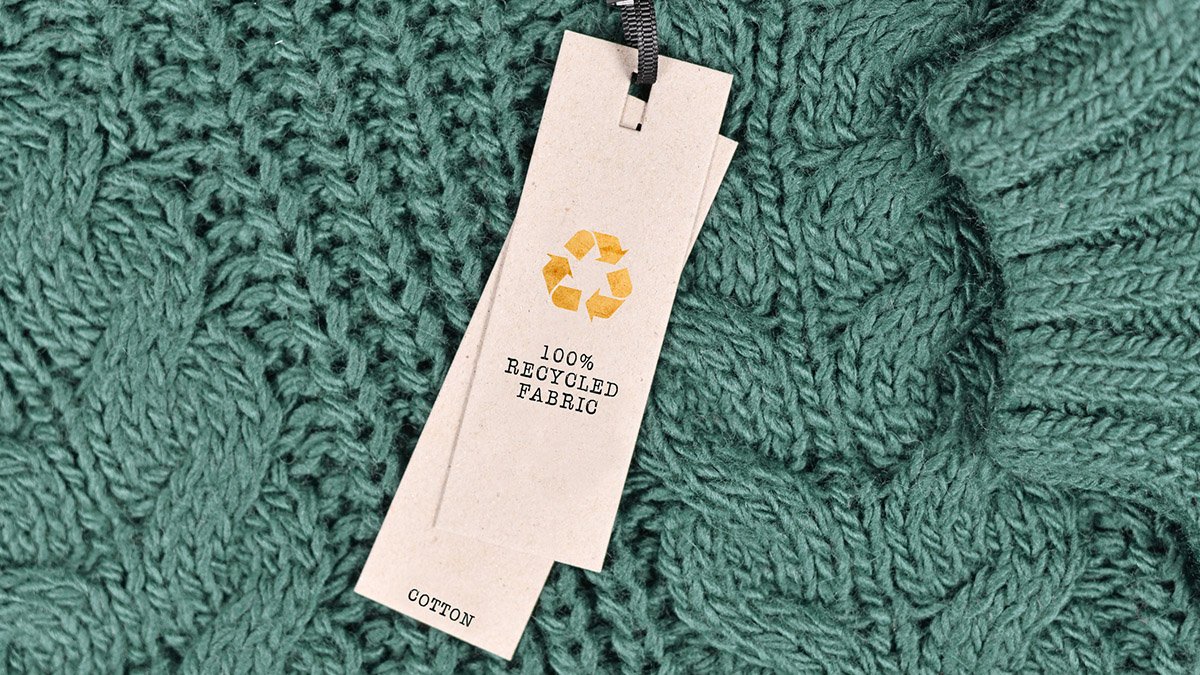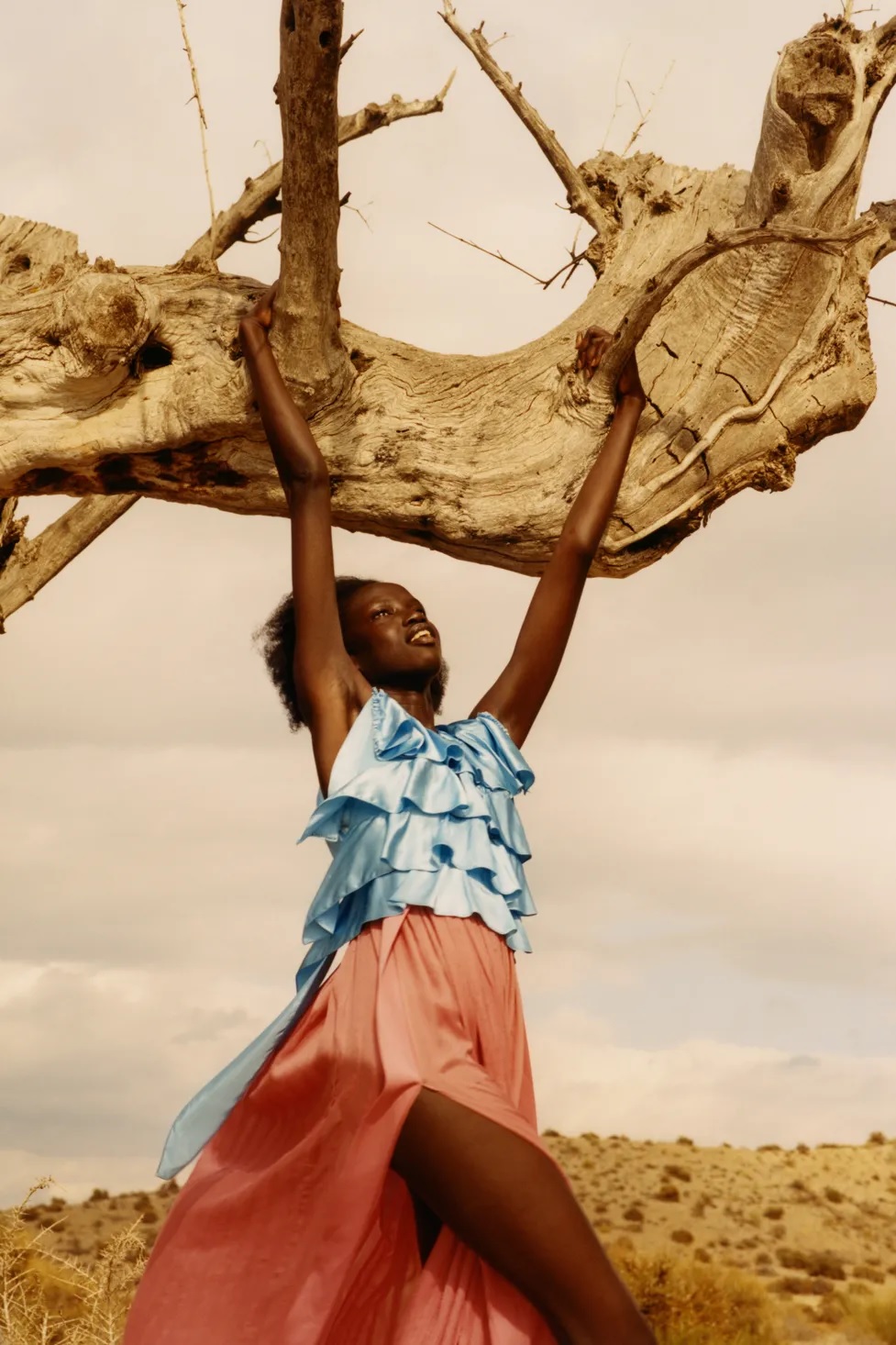Sustainability in Fashion: A Growing Trend!!
The fashion industry has one of the largest ecological footprints and causes approx 10% of global greenhouse gas emissions……
Something is happening in the fashion market: Well-known brands disappear, new labels enter the market. Η αειφορία παίζει έναν αυξανόμενο ρόλο και η μεταφορά της παραγωγής στην Ευρώπη, is now in greater demand.
Major shopping streets, they change face every day in all European cities: many well-known fashion brands and retailers are closing their branches or at least downsizing their staff.

As Achim Berg says, fashion industry expert at management consultancy McKinsey, companies "can only survive if they don't lose sight of their customers".
In the first place, fashion is getting faster and faster, αλλά την ίδια στιγμή αυξάνεται το ενδιαφέρον για τη «βιώσιμη μόδα»(Sustainable fashion).
There is no doubt that the fashion industry has one of the largest ecological footprints. The fashion industry today causes about the 10% of global greenhouse gas emissions.
This realization led to the introduction of the term sustainable fashion about ten years ago, promoting the need for changes in the specific industry.
What do we mean?, Well, when we use the term "sustainable fashion" today;
So based on the Collins dictionary "Bsustainability is avoiding the depletion of natural resources in order to maintain an ecofamily balance".
Therefore, an energy is sustainable, when no more natural resources are used than the planet can naturally replace and nothing is produced that the planet cannot naturally absorb.

Against "grfast fashion»
So sustainable fashion, it was created as a term in contrast to fast fashion (fast fashion), and is about making clothes that are made in a way that takes into account the many environmental problems caused by the modern fashion industry. On the other hand, fast fashion represents easily accessible and fashionable clothes, which are produced in developing countries for the benefit of large global corporations.
The answer is given both by second-hand clothes, brands that use recyclable materials as raw material and avoid the term fast fashion.

No to overconsumption!!
Over the past four decades, the average Westerner has quintupled the number of clothes he buys each year. This over-consumer trend, as environmental organizations complain, also cultivated by multinational clothing companies who change fashion in very short periods of time to maximize their profit, making fashion,cheap. The fact that based on research is characteristic, we buy a lot more clothes than before and throw it away 85% of them in the trash.
But now the number of people interested in sustainable fashion is increasing.
Greenpeace study confirms a growing awareness of a more sustainable approach to fashion: The 2015, an adult in Germany had on average 95 ρούχα στην ντουλάπα του και το 2022 it was 87 objects. Reduction 340 million garments per year, in Germany.

Production returns to Europe
The European Commission also intends to make textile products more durable and recyclable by 2030. Production conditions are more targeted. According to a McKinsey analysis, more than half of fashion industry executives want production to be more local and more controlled.
Except for Poland and Romania, the textile industry in Portugal is very popular today, also because the state has invested a lot in this sector, says Achim Berg. "Furthermore, there is a well-trained specialized staff and the minimum wage is 887 euro per month".
Business is booming around the city of Porto in Portugal. The industry offers its own research and innovation center here. The existing recipe for success: sustainability, waste recycling.

Υπολείμματα υφάσματος
Ένα παράδειγμα είναι η εταιρεία κατασκευής υφασμάτων Valerius 360.
The company's business model:
Valerius receives seven tons of fabric scraps a day from local textile companies. The,what ended up in the trash is shredded here and remade into new yarn. “We have almost no cotton production in Europe. We have to get everything from other countries. Here in this production we can make threads from recycled fabric, therefore we reduce dependency”, says director Ana Tavares.
One of the most well-known German sustainable fashion companies working with Valerius is Armedangels. Katalia Crook is responsible for the sustainability strategy. “Each piece that goes into the closet puts an additional burden on the environment. It is extremely important that clothes are made responsibly, but how much we consume is also important.”

Production in Europe
Nevertheless, πολλές εταιρείες «fast fashion» σχεδιάζουν επίσης να φέρουν τμήματα της παραγωγής τους πίσω στην Ευρώπη. Even if not primarily for sustainability reasons. "Brands can bring new collections to stores even faster and save on transportation and storage costs", says industry expert Achim Berg. This is not possible if the production is in Southeast Asia or China.
Sustainability and proximity to Central European sales markets are two trends that have given Portugal's textile industry a boom.
This boom will likely continue – or even get bigger.
Πολλές αλυσίδες ρούχων στην Ευρώπη αναζητούν νέες στρατηγικές: sustainable fashion, but at the lowest possible price.
